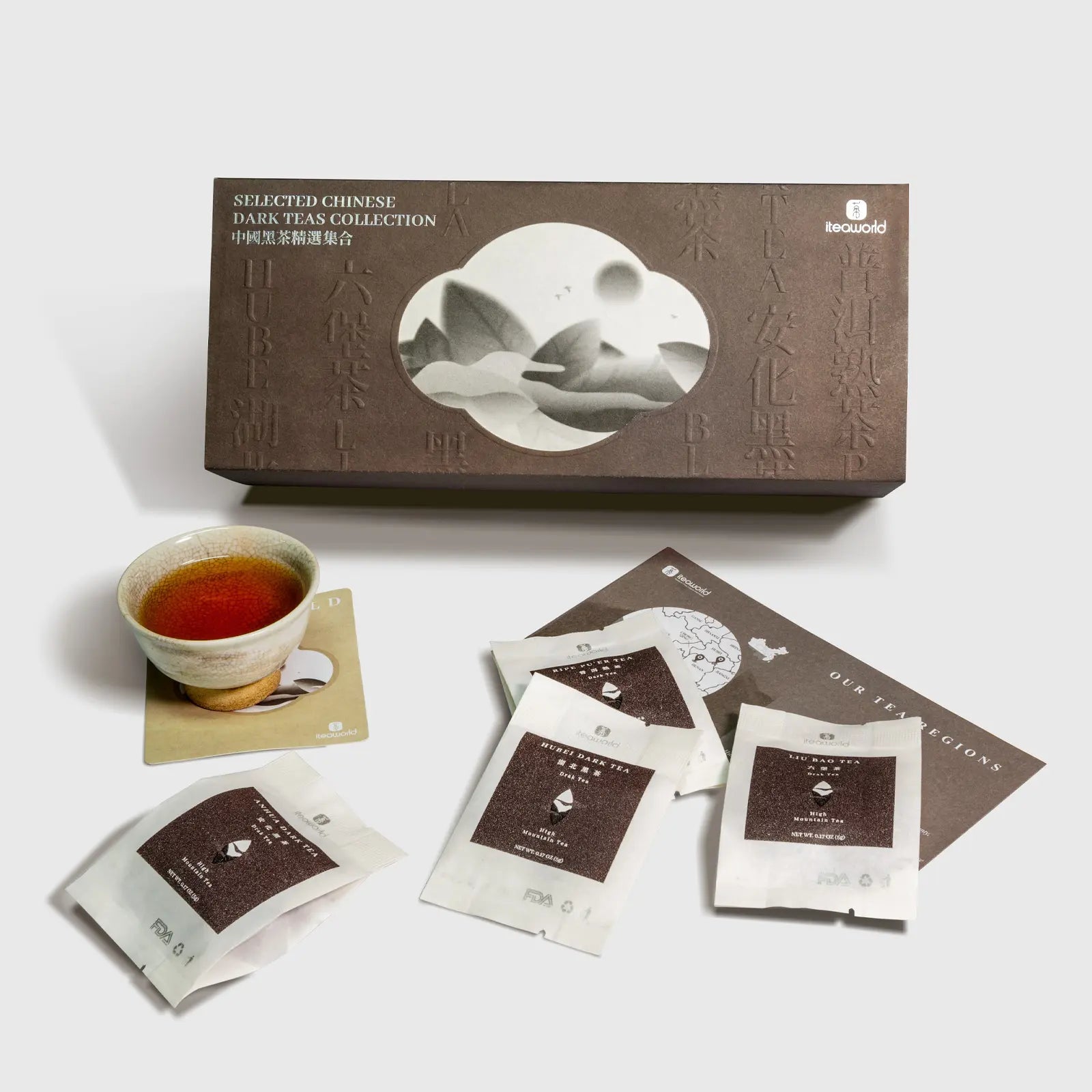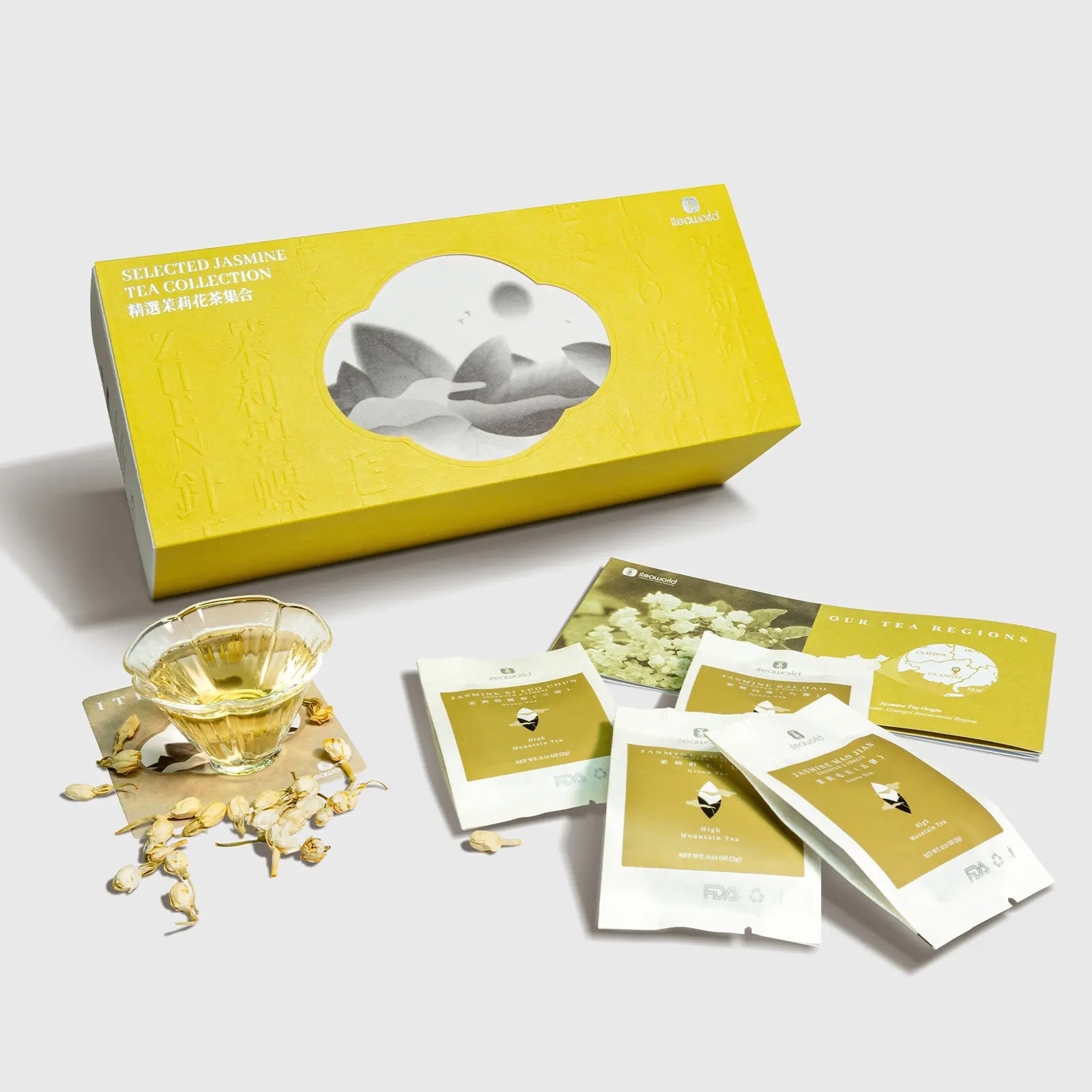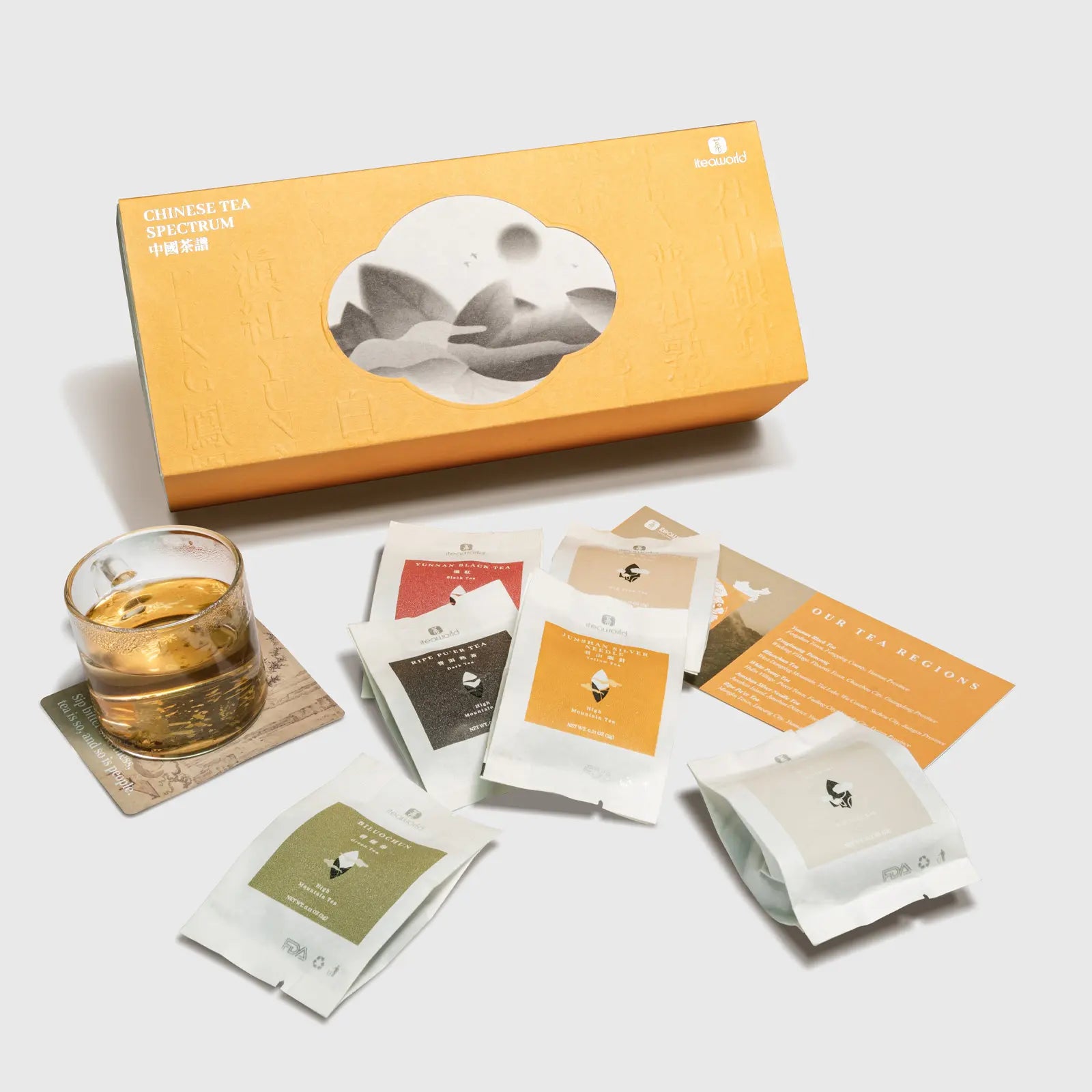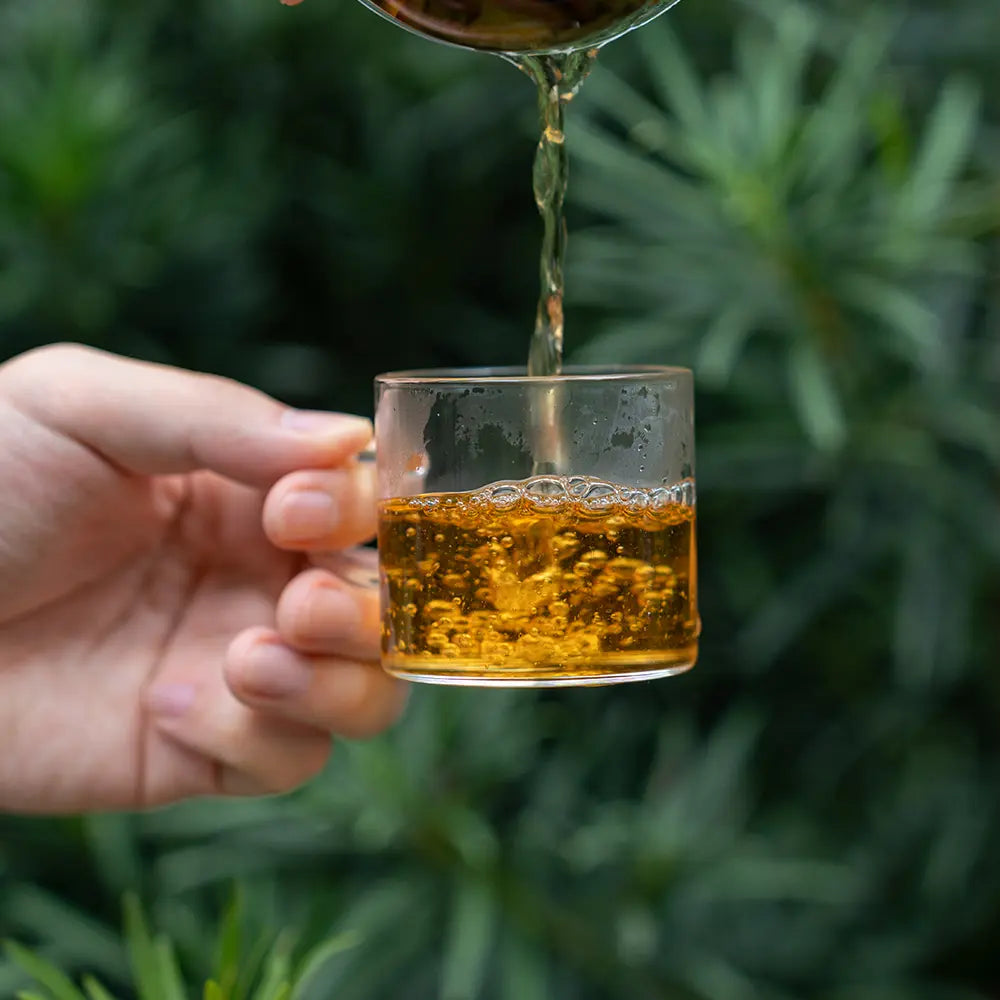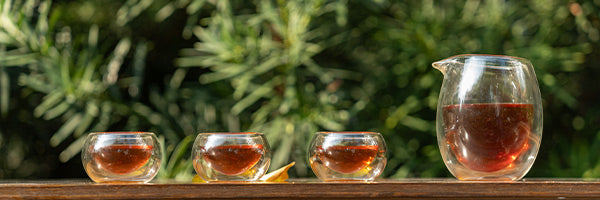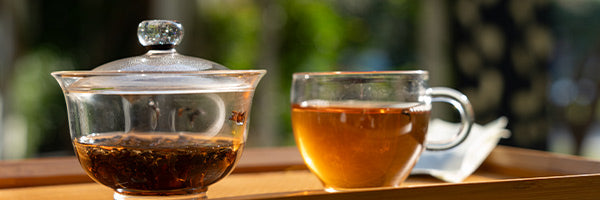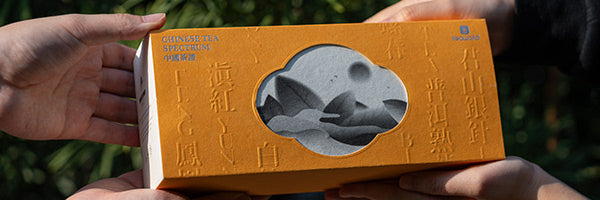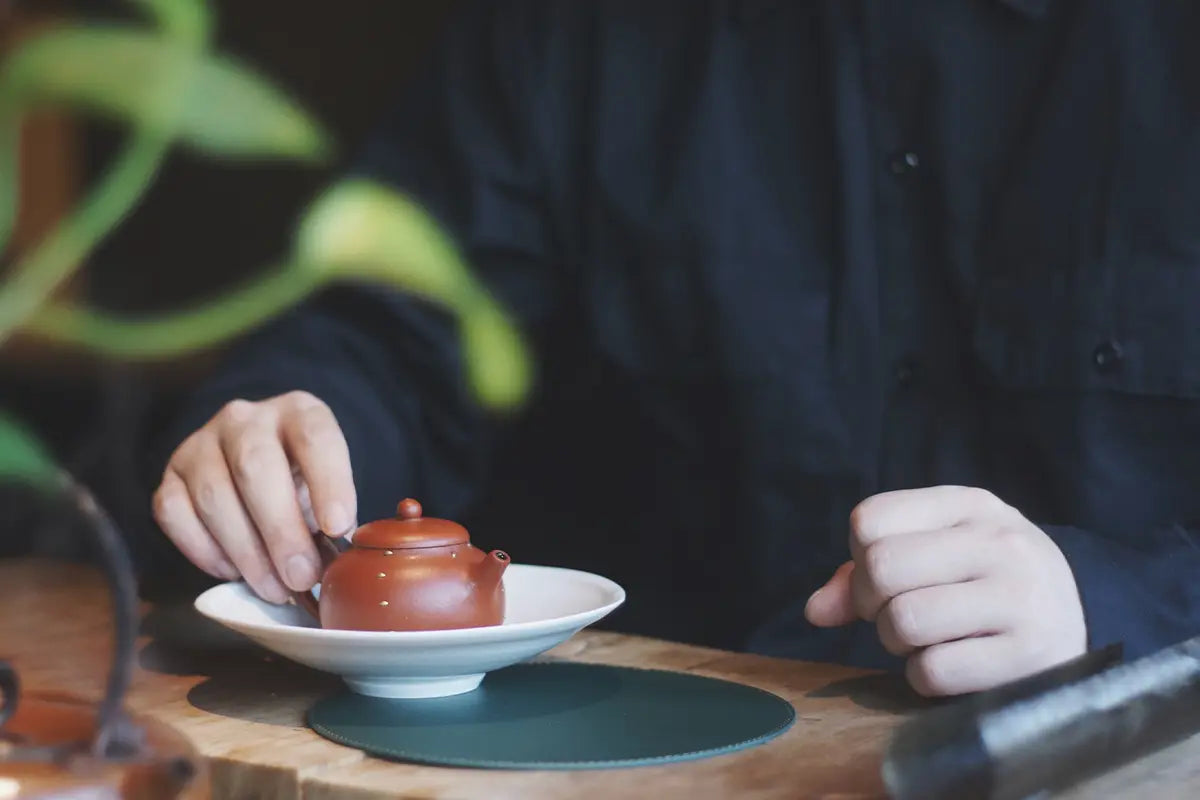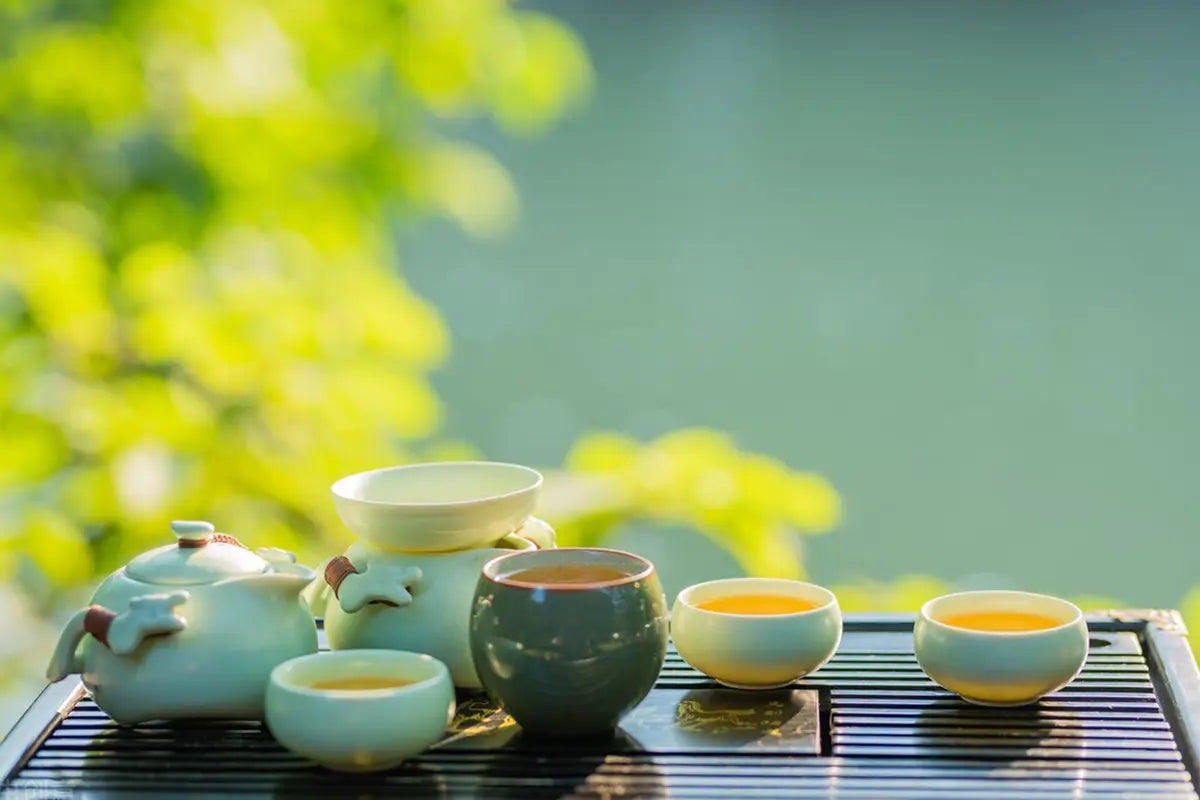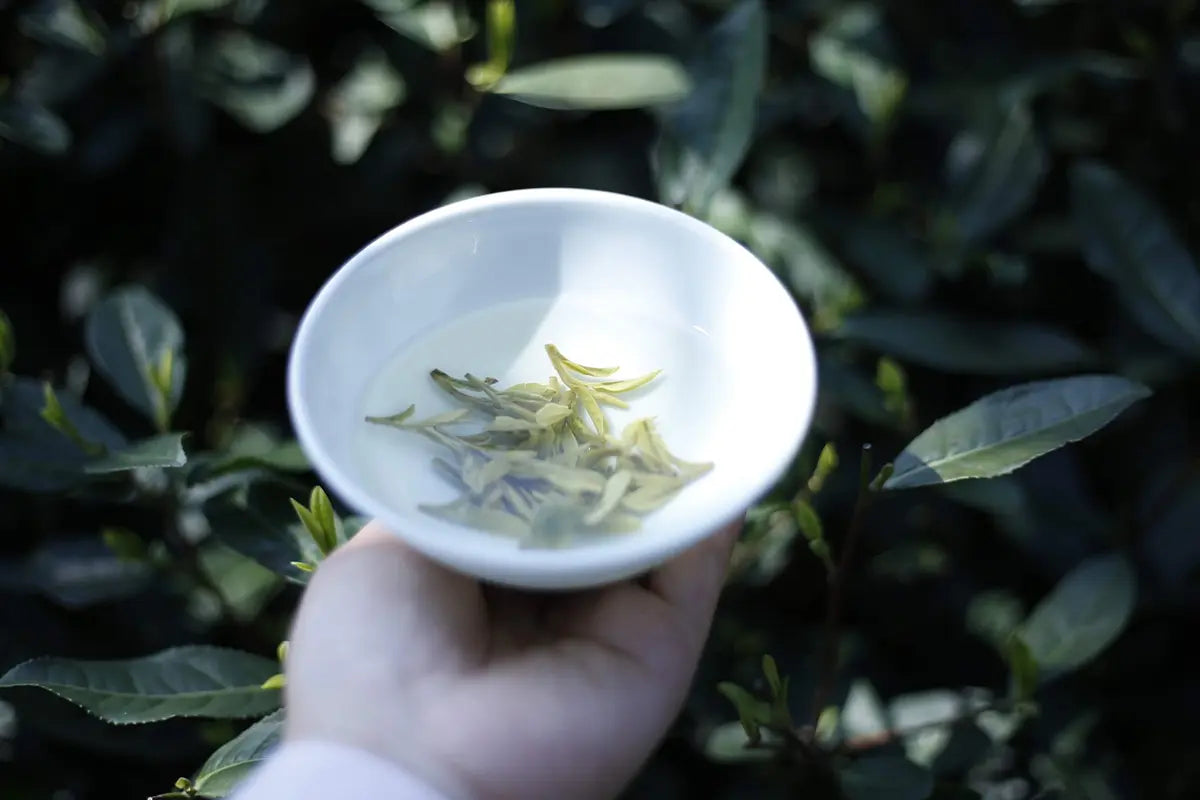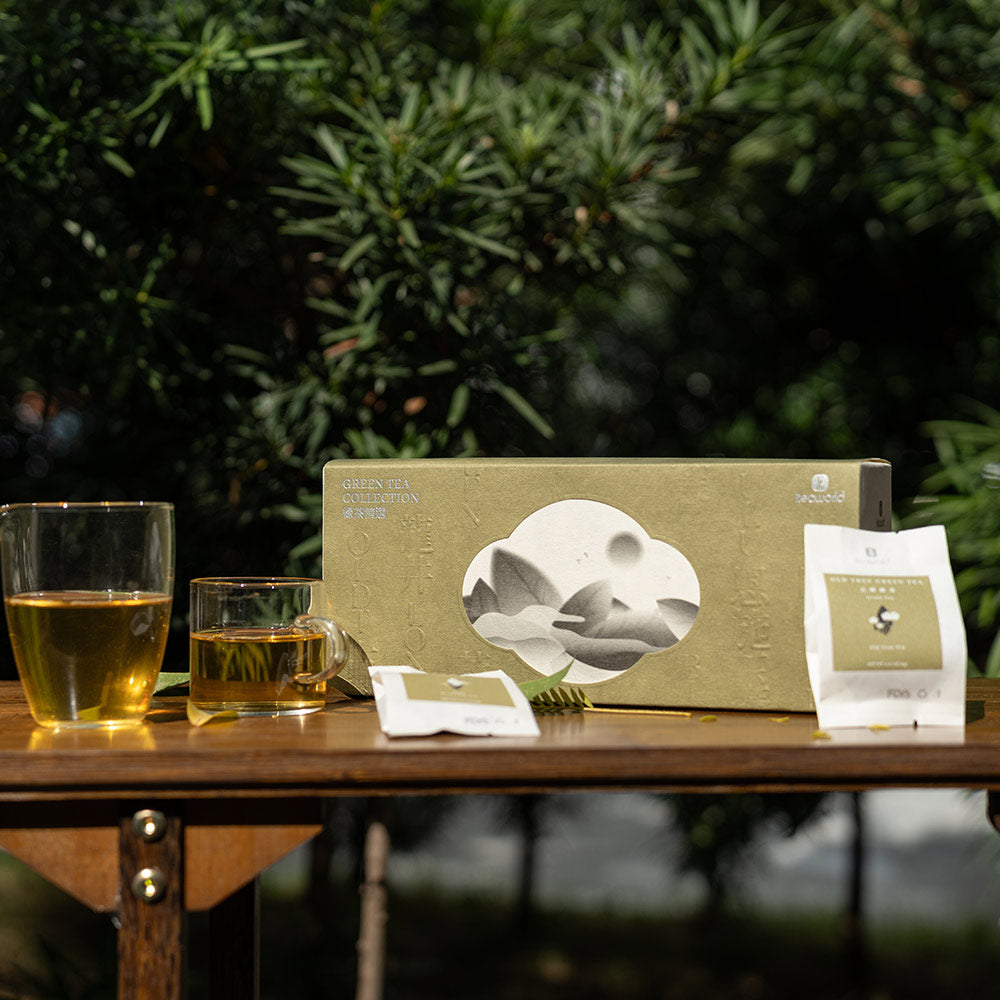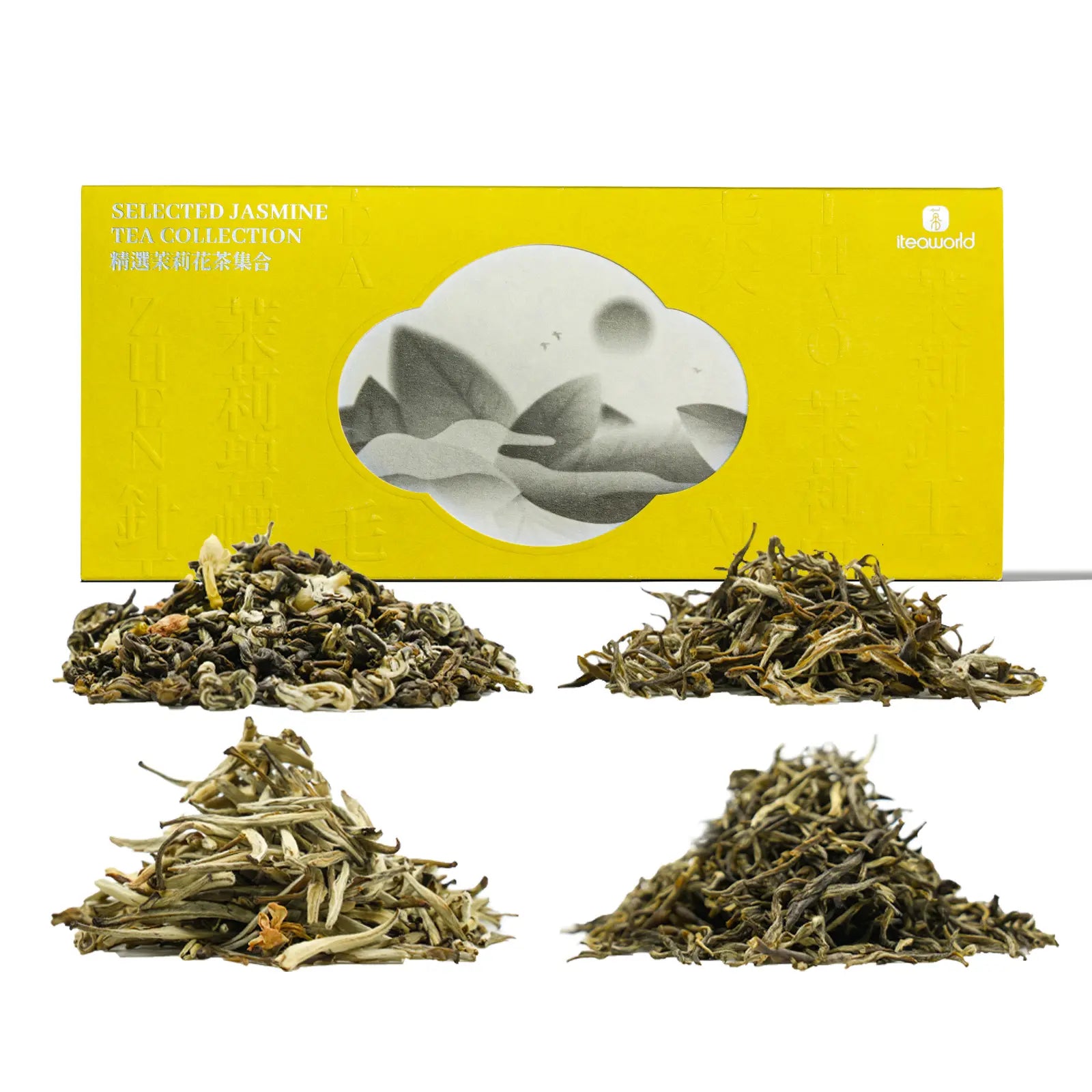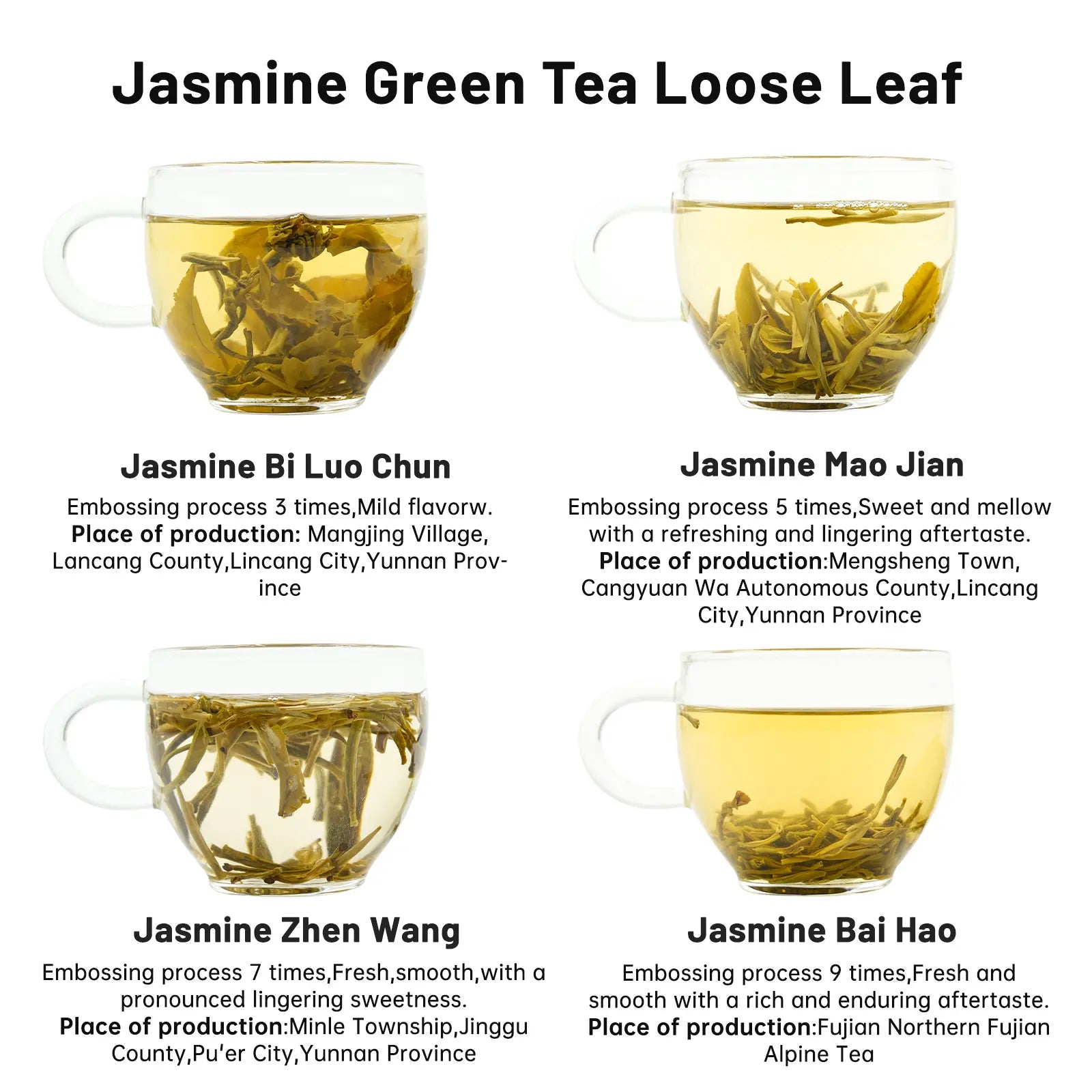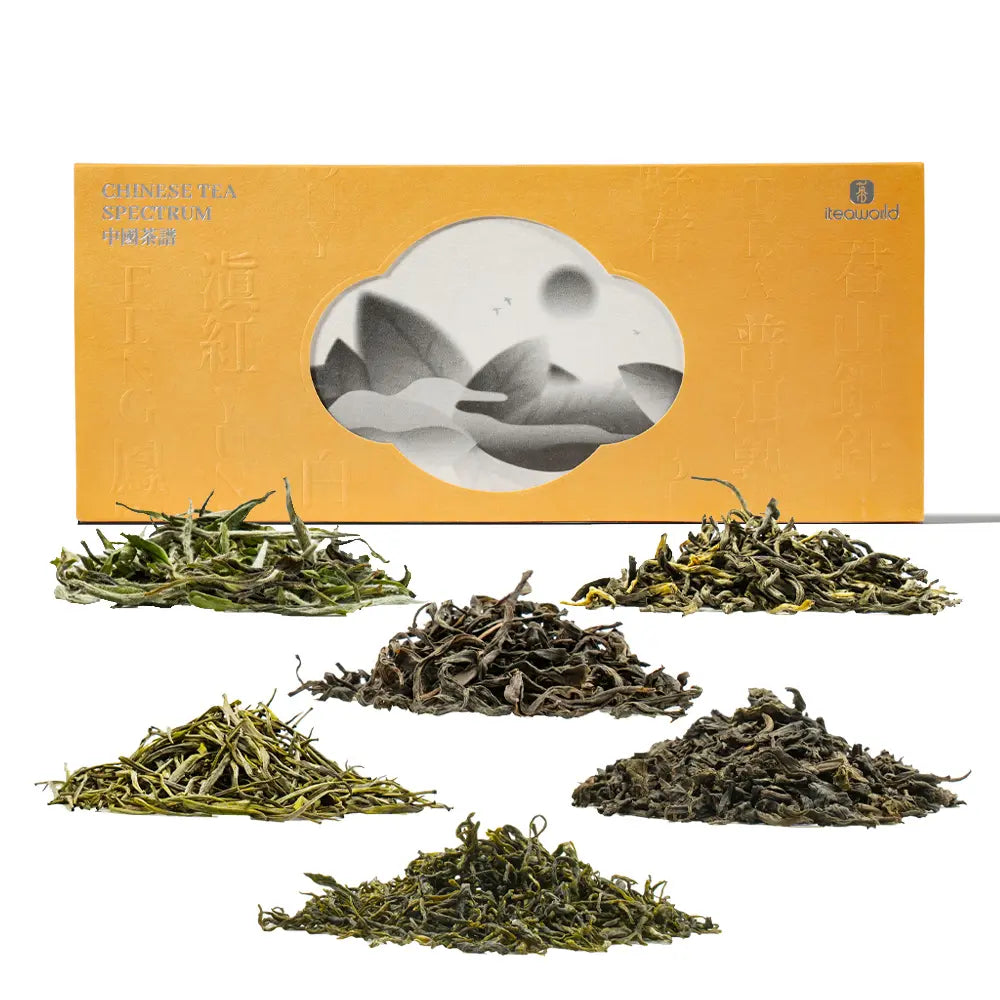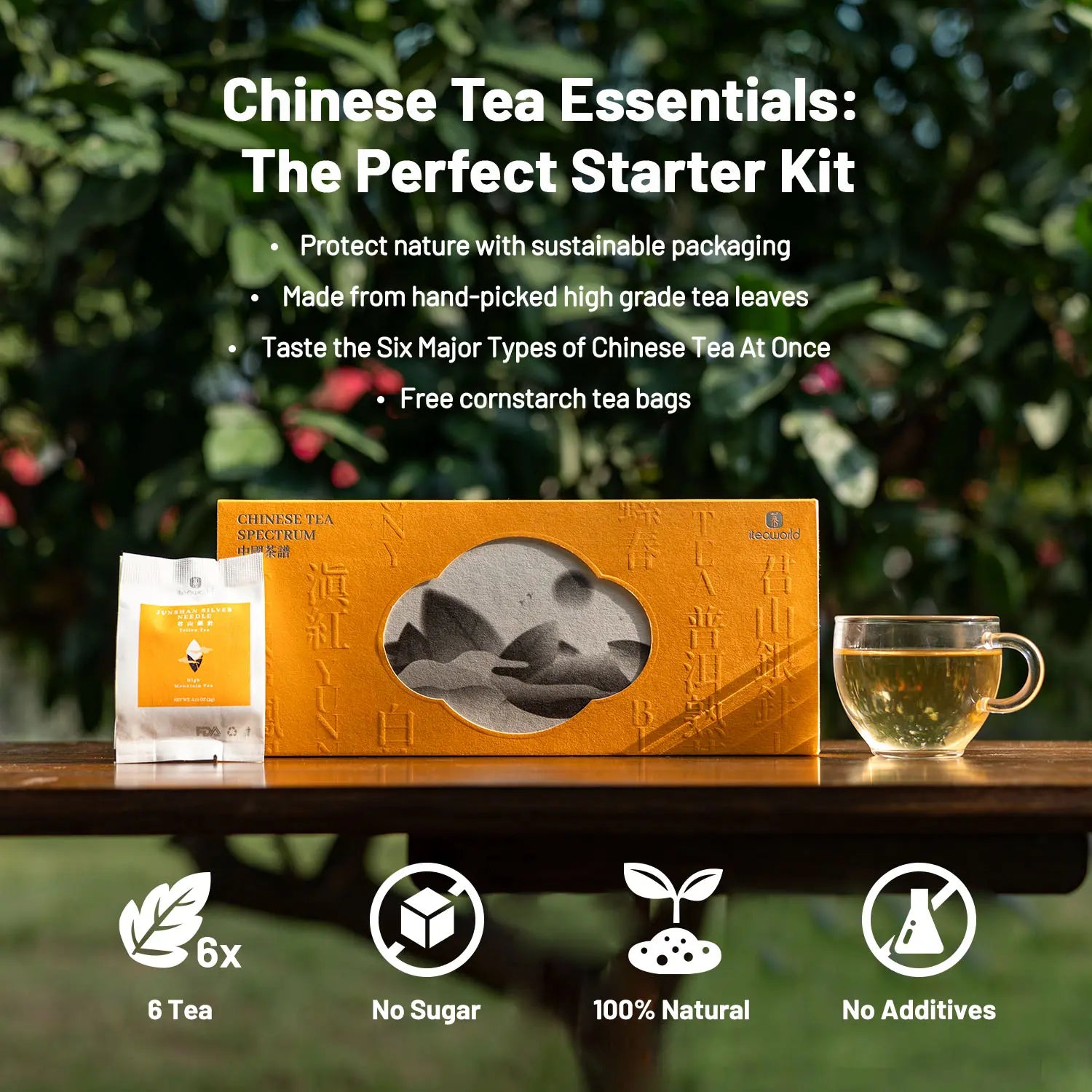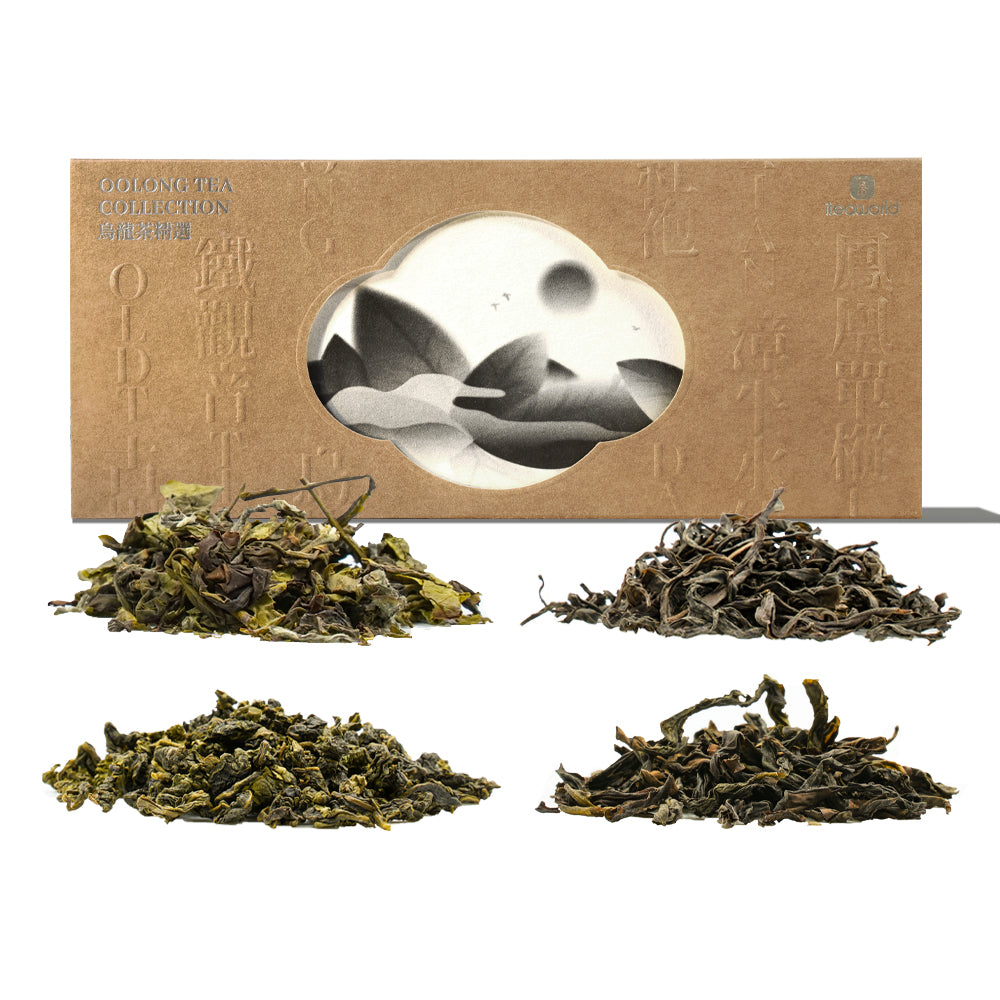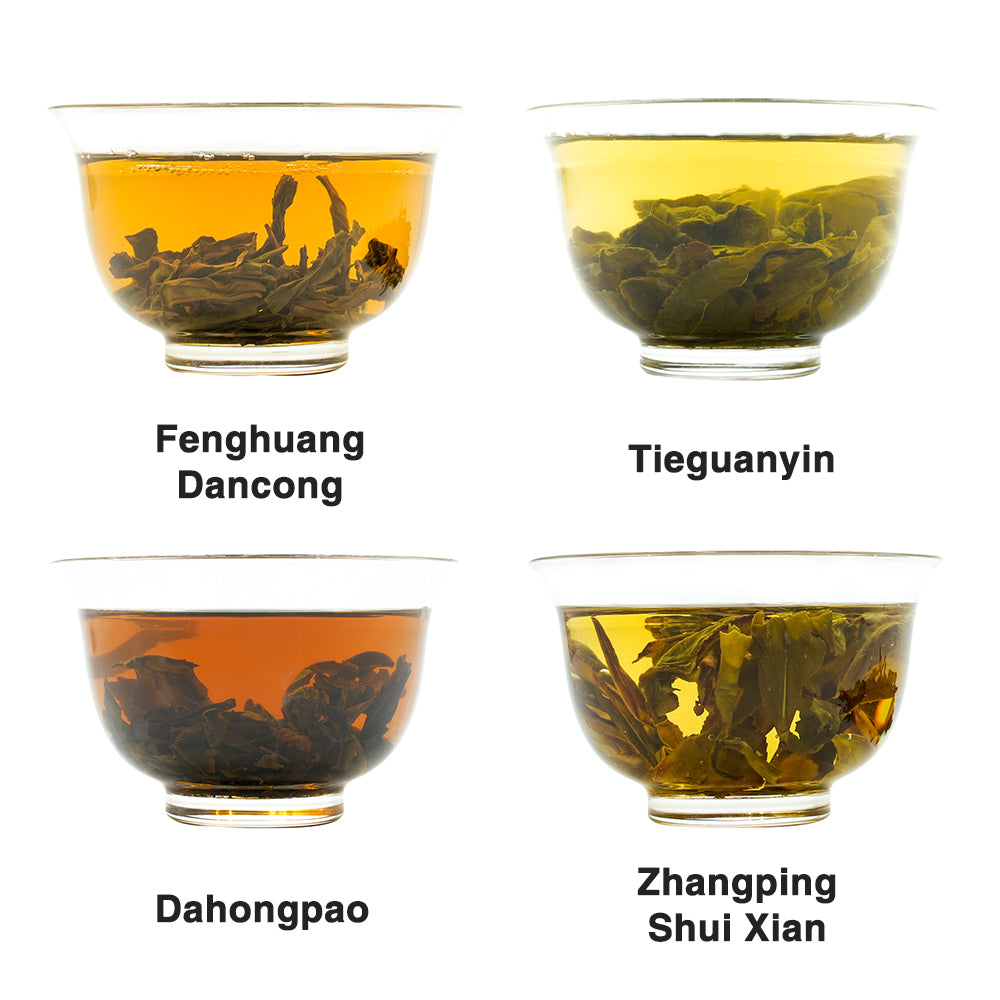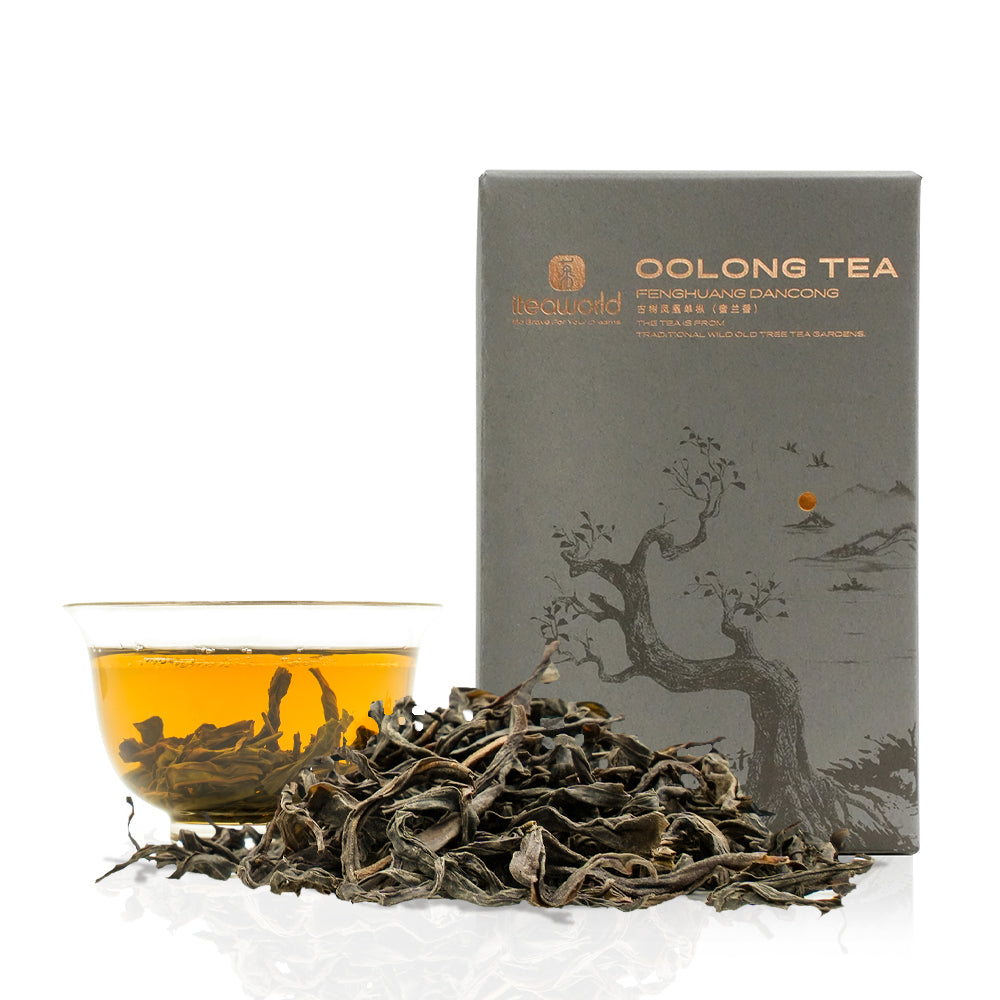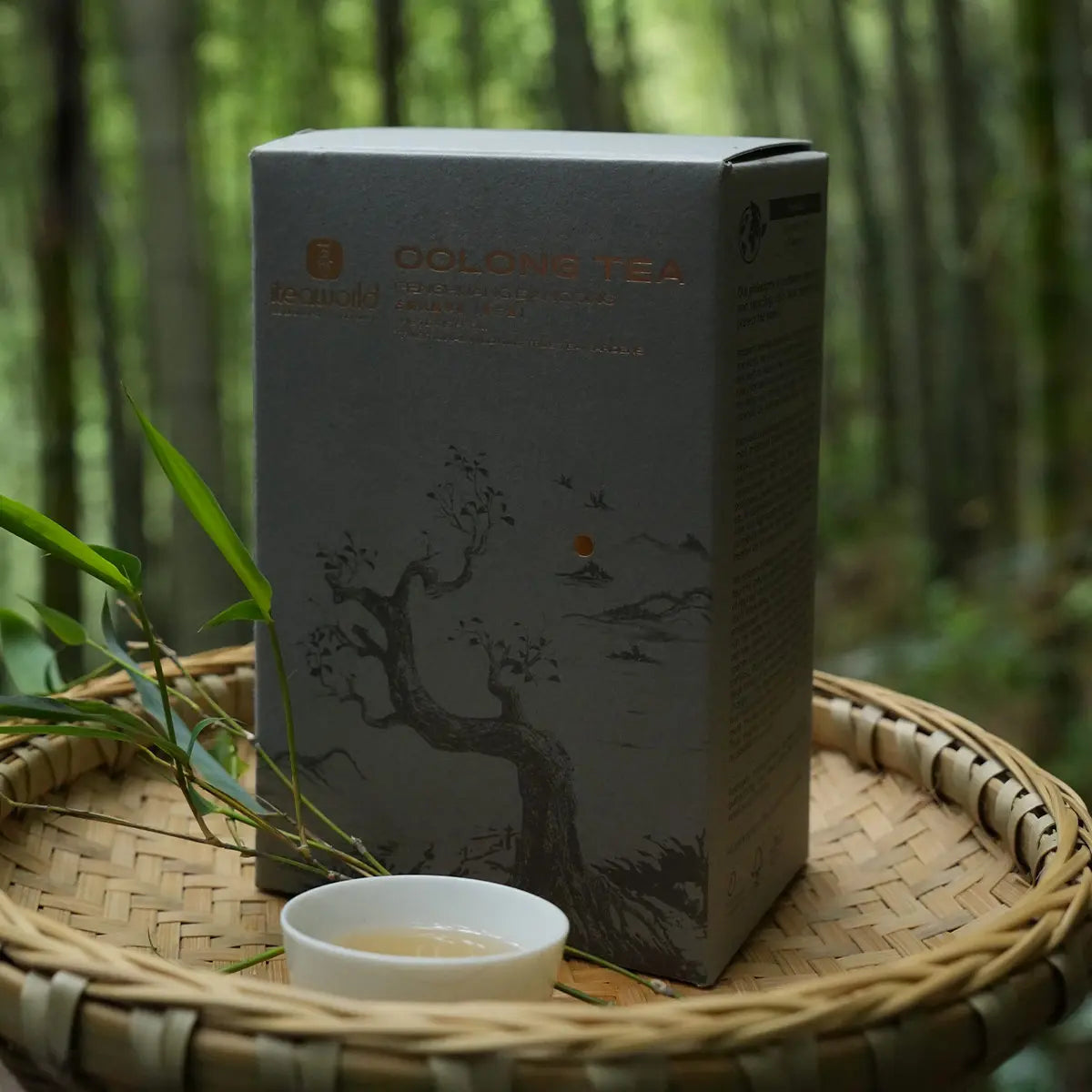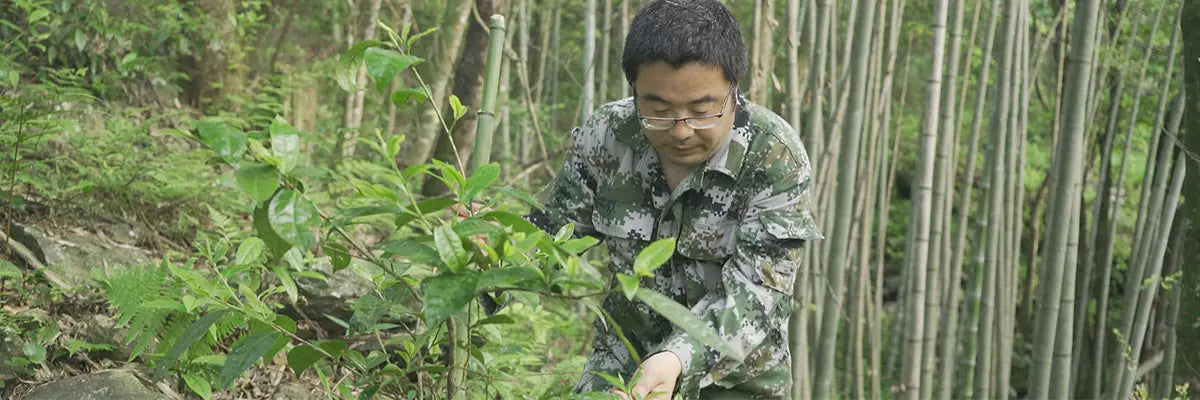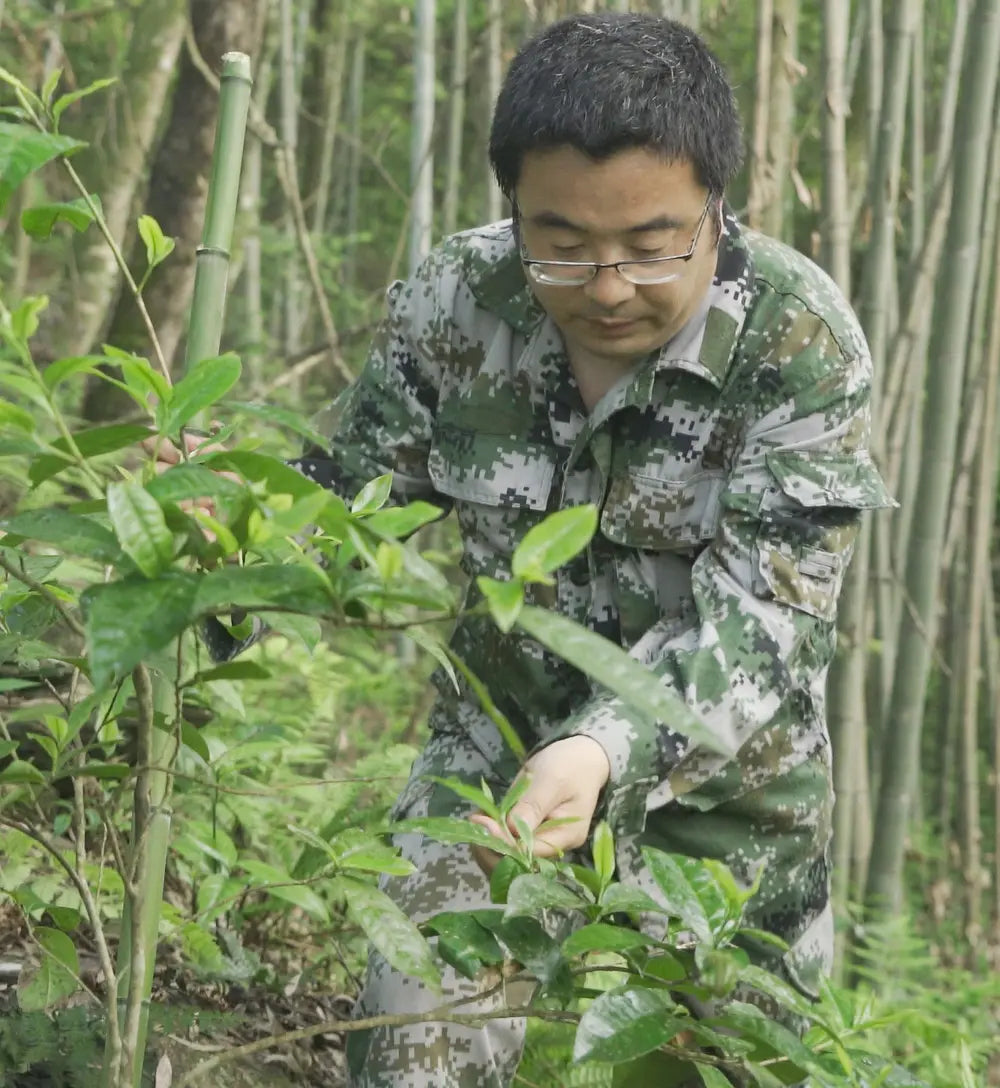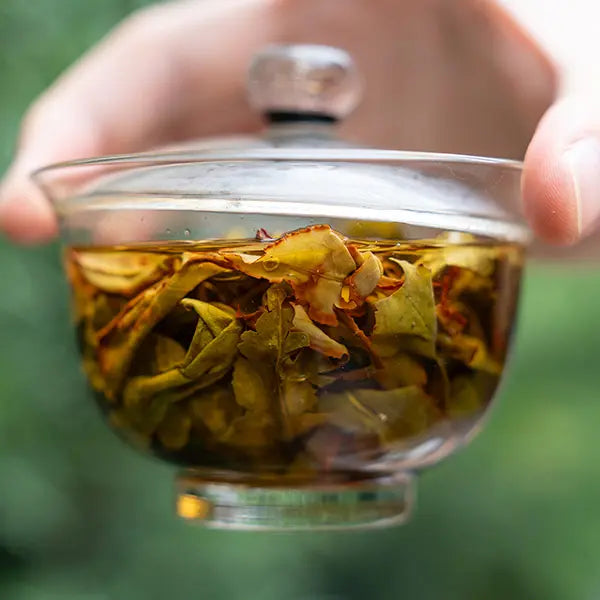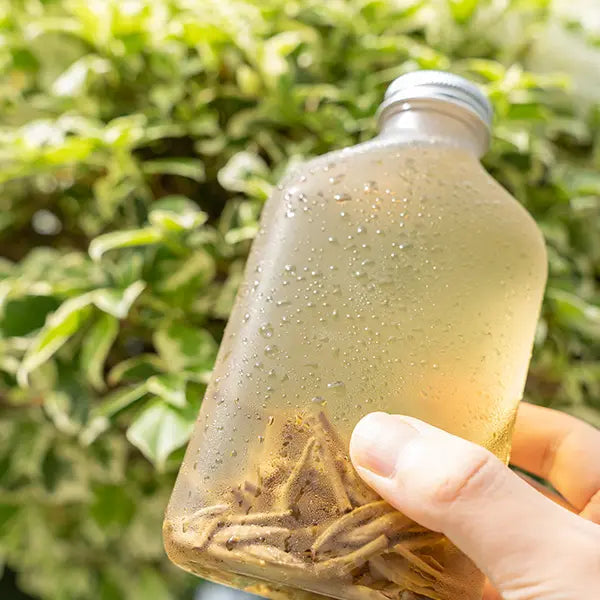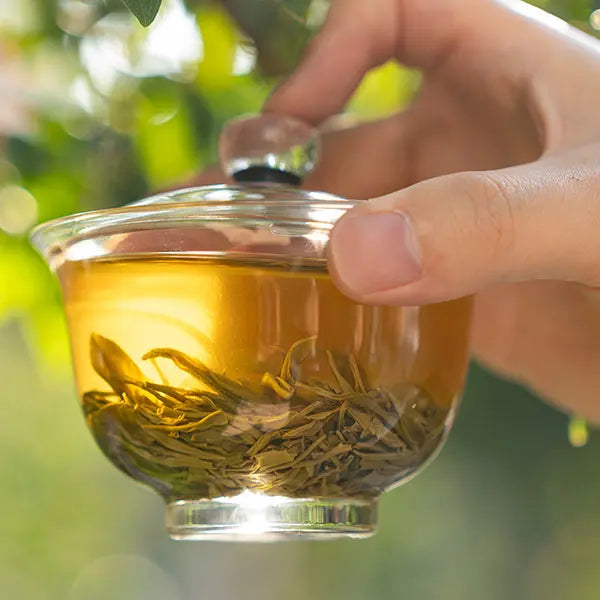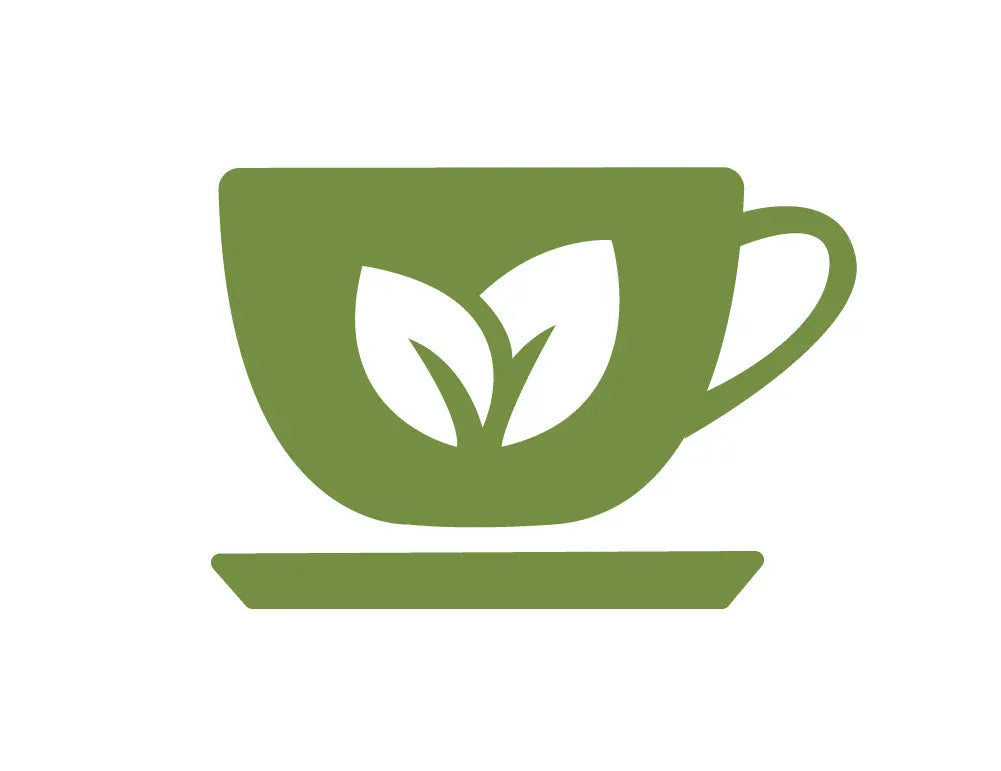Chinese Loose Leaf Tea vs. Bagged Tea
If you have the opportunity to compare the taste of Chinese loose leaf tea and bagged tea, you can clearly feel that Chinese loose leaf tea offers a better and more memorable taste.
Why is this so? Here are some reasons:
- Tea Leaf Quality: If you cut open a bag of tea leaves, you'll get a pile of tea leaf fragments. In contrast, the dry leaves of Chinese loose leaf tea are mostly intact. From the appearance of steeped Chinese loose leaf tea, you can easily imagine what these tea leaves looked like when they were picked.
- Tea Leaf Source: The source of tea leaves for bagged tea prioritizes convenience and speed, far from being as strict as Chinese loose leaf tea. Chinese loose leaf tea adheres to various standards such as garden quality and picking time, thus offering higher quality and taste.
- Brewing: Bagged tea generally loses its flavor after one or two brews. On the other hand, Chinese loose leaf tea can be brewed multiple times, with high-quality Chinese tea often able to be brewed 7 times or more.
An Ancient Chinese Tea Experience
The above content only covers the basic aspects of Chinese tea. In reality, the wonderful experience provided by Chinese tea goes far beyond these.
Among Chinese tea enthusiasts, there is a poem from the Tang Dynasty poet Lu Tong called "Seven Bowls of Tea." This poem beautifully and accurately describes the experience of tasting Chinese tea.

七碗茶诗
Seven Bowls of Tea
卢仝
By Lu Tong
一碗喉吻润,二碗破孤闷。
One bowl moistens the throat, the second breaks the solitude.
三碗搜枯肠,唯有文字五千卷。
Three bowls search the intestines, only finding words five thousand scrolls.
四碗发轻汗,平生不平事,尽向毛孔散。
Four bowls cause a slight sweat, life's injustices, all dissipate through the pores.
五碗肌骨清,六碗通仙灵。
Five bowls cleanse the flesh and bones, six bowls connect with the immortal spirit.
七碗吃不得也,唯觉两腋习习清风生。
Seven bowls, unable to eat anymore, only feeling the refreshing breeze under both armpits.
Where Do Tea Leaves Grow? Chinese Tea Provides the Info.
High-quality Chinese loose leaf tea generally provides clear information about the source of the tea leaves, including the tea garden from which they were harvested and the specific picking time.
Just as the deliciousness of food is largely determined by the quality of the ingredients, the taste of Chinese tea is closely related to the quality of the fresh leaves. Chinese tea with clear, high-quality sources is very suitable as tea gift sets for family and friends.
China has many tea-producing regions, some of which are famous. These tea-producing regions have superior soil, rainfall, climate, and other conditions, producing unique and delicious teas that are highly sought after by many people. Here are two examples:
- Pu'er:

Pu'er tea is mainly produced in the southwestern region of Yunnan Province, China, where the climate is rainy and characterized by misty mountain landscapes. There are numerous rivers, such as the Lancang River and Nu River, forming steep gorge terrain. In this superior geographical environment, a large number of tea trees grow, including ancient tea trees several hundred or even thousands of years old.
Nowadays, Pu'er tea enthusiasts can be found all over the world. The popularity of Pu'er tea is closely related to its place of origin.
- Da Hong Pao:
The famous loose leaf oolong tea Da Hong Pao is produced in Wuyi Mountain, Fujian Province, China, and is one of the best oolong tea in China. Besides being a famous tea-producing region, it is also a AAAAA tourist attraction in China.
Wuyi Mountain has a complex terrain with steep slopes and a variety of rocks such as volcanic rock, granite, and limestone, forming a unique landscape. Moreover, Wuyi Mountain is located in a subtropical zone with a mild and humid climate, which is very suitable for tea tree growth.
The core production area of Da Hong Pao is collectively referred to as the "San Keng Liang Jian" (Three Gorges and Two Streams). Tea produced from these areas is particularly high-quality and expensive, known as authentic Yan Cha (rock tea).
Find more loose leaf Chinese tea with our Chinese Tea Sampler.>>>
China's Exquisite Tea-making Techniques
Behind every famous Chinese tea, there is a unique tea-making technique that has often been refined and passed down for hundreds of years. It's recommended that everyone explores the taste of different Chinese teas using a tea sampler.
Experienced tea masters are familiar with the state of tea leaves at each stage and know how to fully bring out the deliciousness of fresh leaves. Let's explore China's exquisite tea-making techniques through two examples.
- Longjing (Dragon Well)
The tea-making process of the famous loose leaf green tea Longjing involves meticulous steps such as withering, rolling, and frying, all of which require skilled tea artisans with rich experience.

Especially in the frying process, mastery of heat control, technique, and other technical requirements is necessary to ensure the color, aroma, and taste of the tea leaves. Experienced Longjing tea fryers apply different production techniques to different fresh leaves, such as "tender leaves with old firing, old leaves with tender firing." It is these techniques that produce the delightful taste of the famous Chinese green tea Longjing. Discover more loose leaf green teas with our green tea sampler.
Find more loose leaf green tea with our Green Tea Sampler.>>>
- Fenghuang Dancong
One of the core production techniques of the famous loose leaf oolong tea Fenghuang Dancong is the Zuoqing process, which is the key to this tea's enchanting aroma.
The Zuoqing process of Fenghuang Dancong needs to be adjusted based on the daily weather conditions. If the sun is strong on the day of sun-drying the fresh leaves, then the shaking of the fresh leaves should be gentle; if the sun is milder, then the shaking motion should be more vigorous. This is a delicate balance that contributes to the tea's exquisite aroma.
Find more loose leaf oolong tea with our Oolong Tea Sampler.>>>
China's Long History of Tea Production and Diverse Tea Varieties
According to research, tea trees first grew in the southwestern region of China, and the history of tea can be traced back to around 3000 BC. Initially, people might have boiled tea leaves to make a soup, and later, the techniques for tea processing gradually developed.
Over thousands of years of development, the tea-making craftsmanship in China has continuously evolved and improved, giving rise to different types of teas such as green tea, yellow tea, white tea, black tea, oolong tea, black tea, and dark tea. Each major type of tea has its unique flavor and characteristics. Moreover, each major type of tea includes numerous renowned varieties.
This is why many people who enter the world of Chinese tea are deeply captivated by it. Feel free to use a loose leaf tea sampler to explore the rich world of Chinese tea and discover the best loose leaf tea that suit your taste.
How to Brew Chinese Tea for Better Taste?
The high-quality nature of Chinese tea is fundamental, but the appropriate brewing conditions and methods are also crucial in bringing out the deliciousness of Chinese tea. Here are some key points to help you brew Chinese tea better:
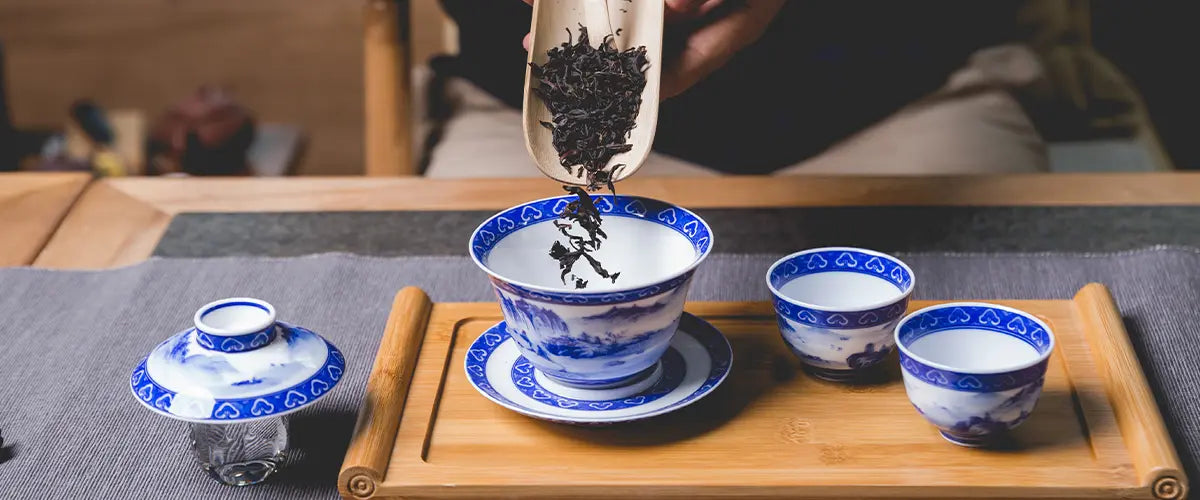
- Use Gongfu Cha brewing method: Using the Gongfu Cha brewing method allows you to easily control the tea-to-water ratio and brewing time, enabling you to better unleash the potential of Chinese tea.
- Follow brewing instructions: Each type of Chinese tea requires different brewing conditions. Generally, the packaging of tea will provide information such as tea-to-water ratio, brewing water temperature, brewing time, and number of brews. Please try to follow these instructions as closely as possible, and you will be amazed by the delicious tea you produce.
- Choose high-quality water: Choosing high-quality water such as spring water or mineral water can greatly enhance the taste of Chinese tea.
- Pay attention to brewing sequence: Generally, pouring in a small amount of hot water to preheat the teaware first can enhance your brewing experience. For certain types of tea leaves, such as Pu'er tea and oolong tea, multiple brews can be done, with each brewing time gradually increasing, allowing you to taste different flavors of tea liquor.


